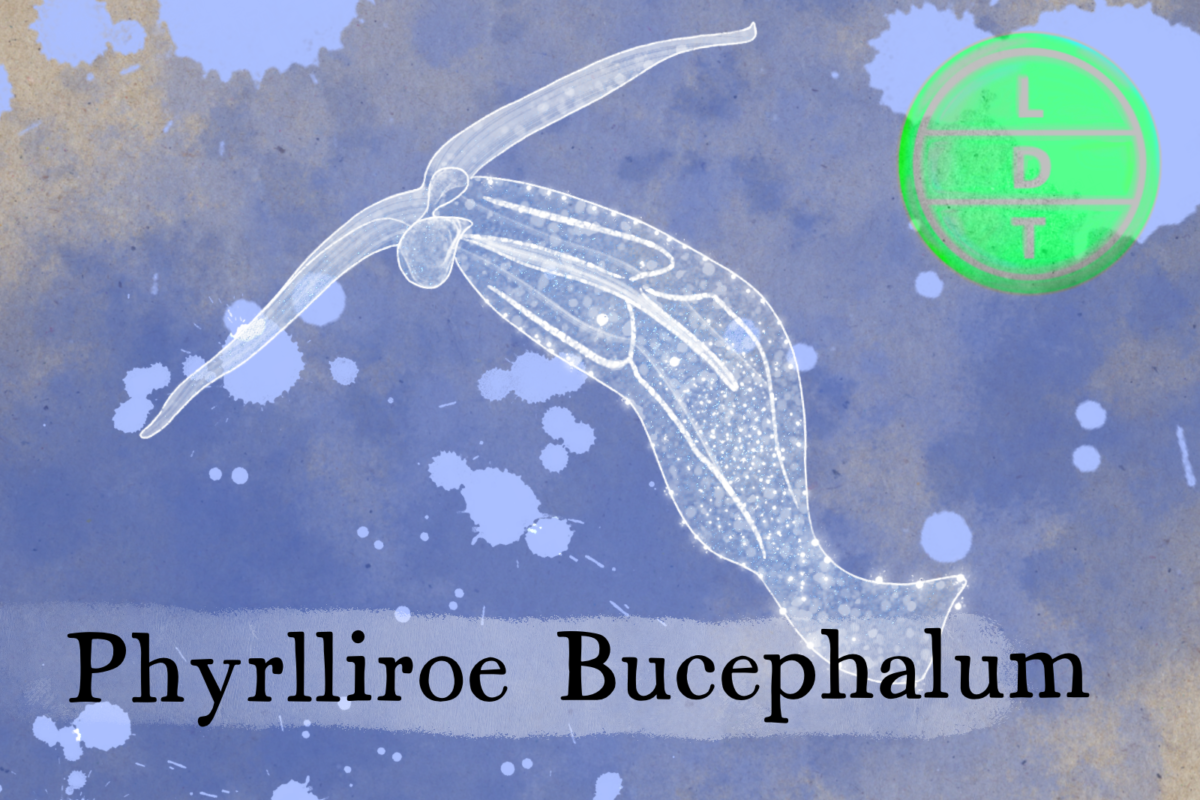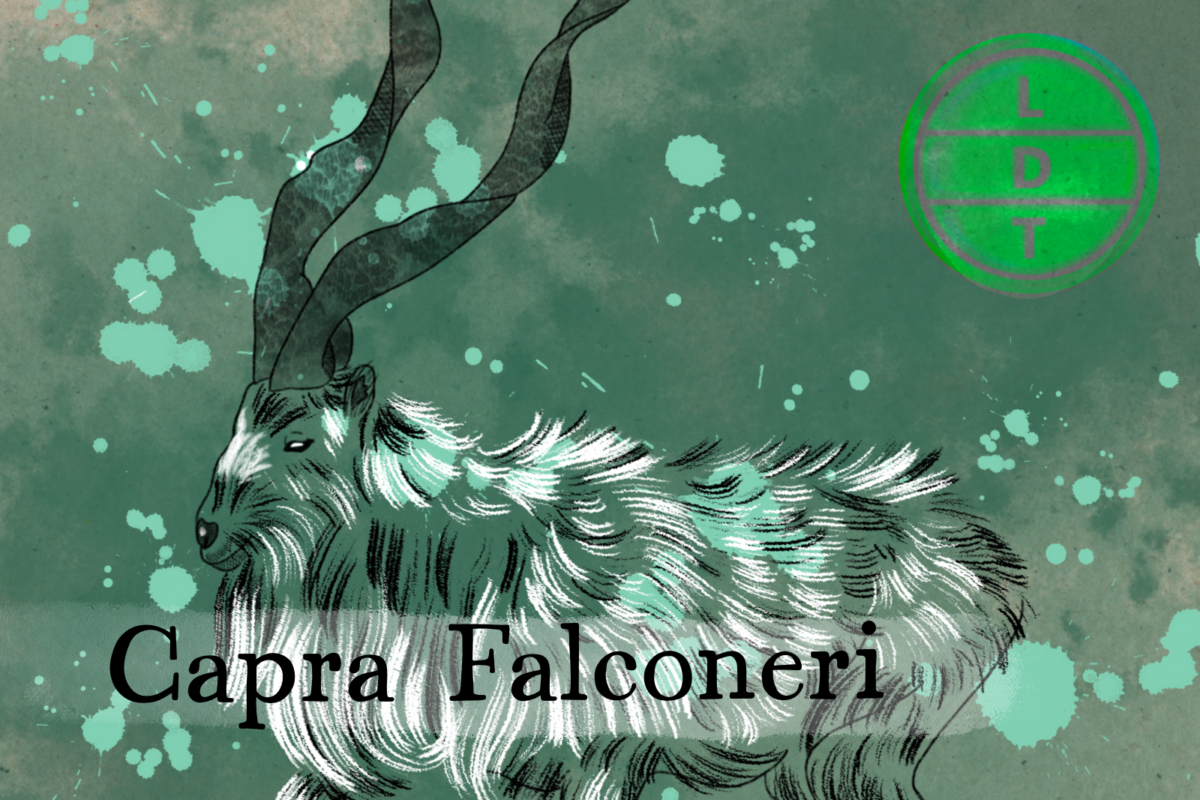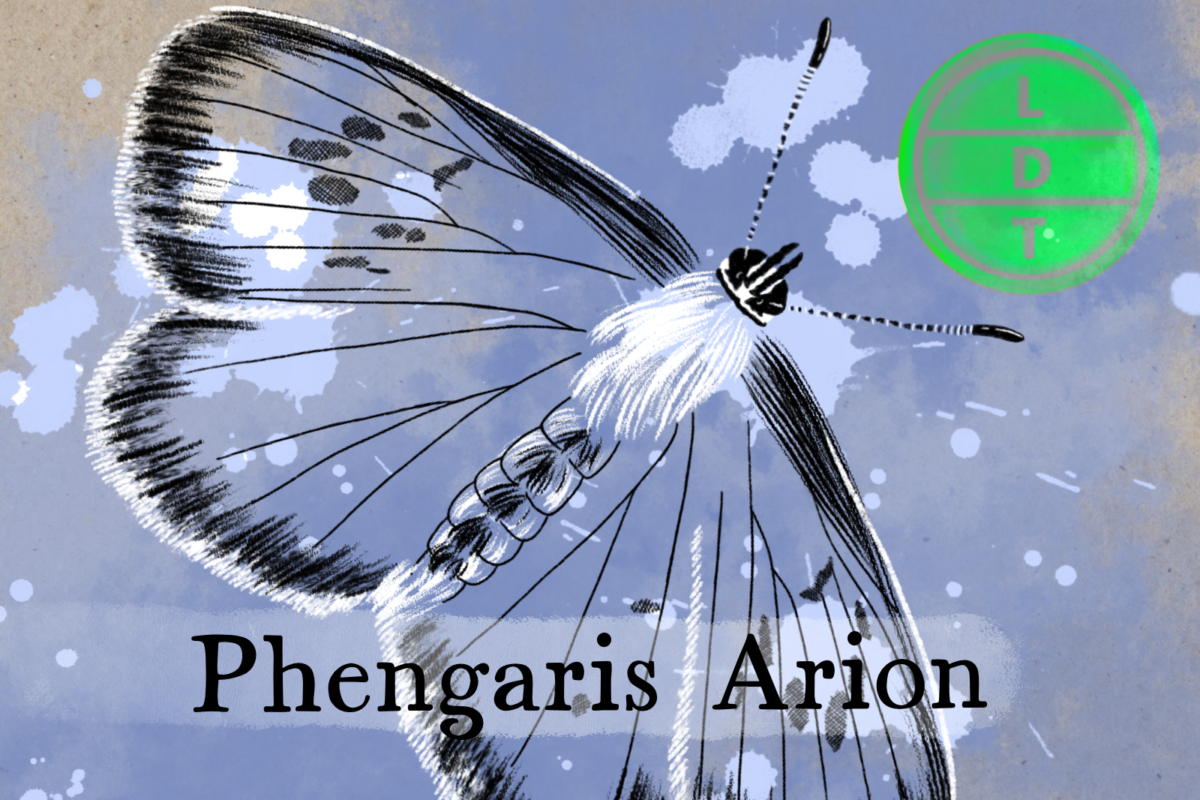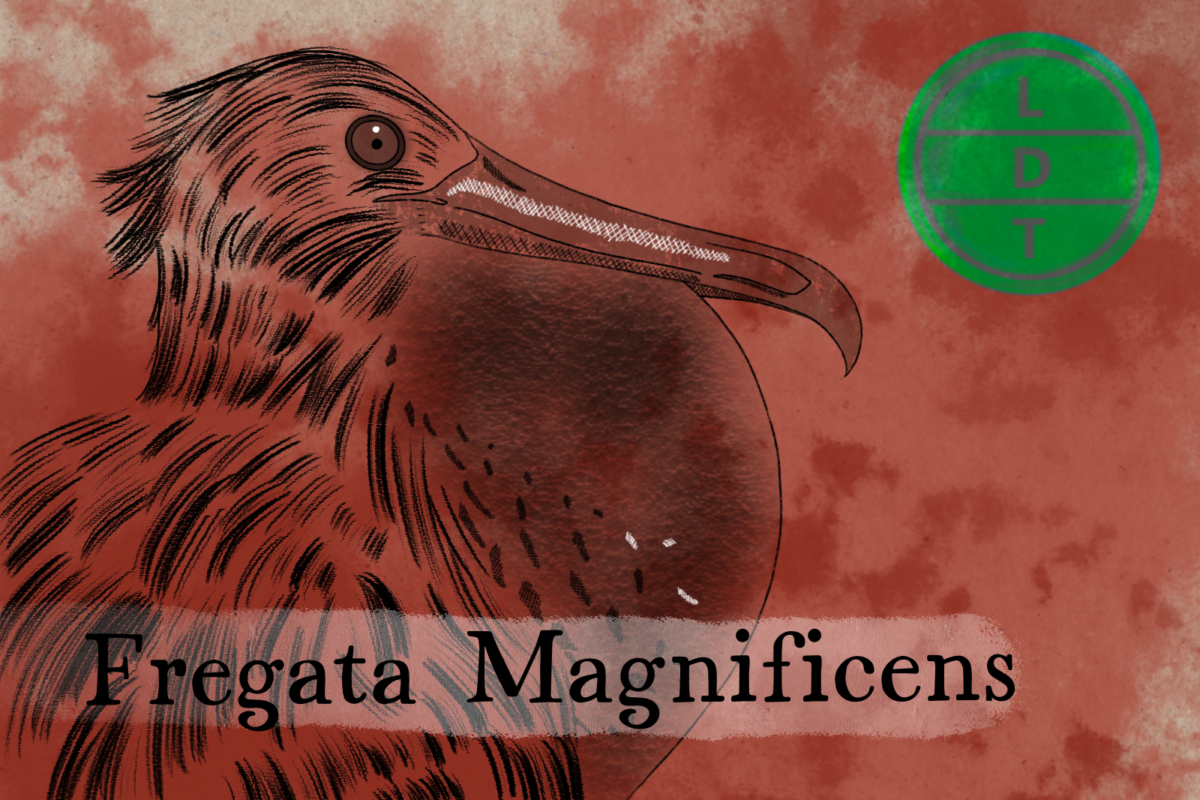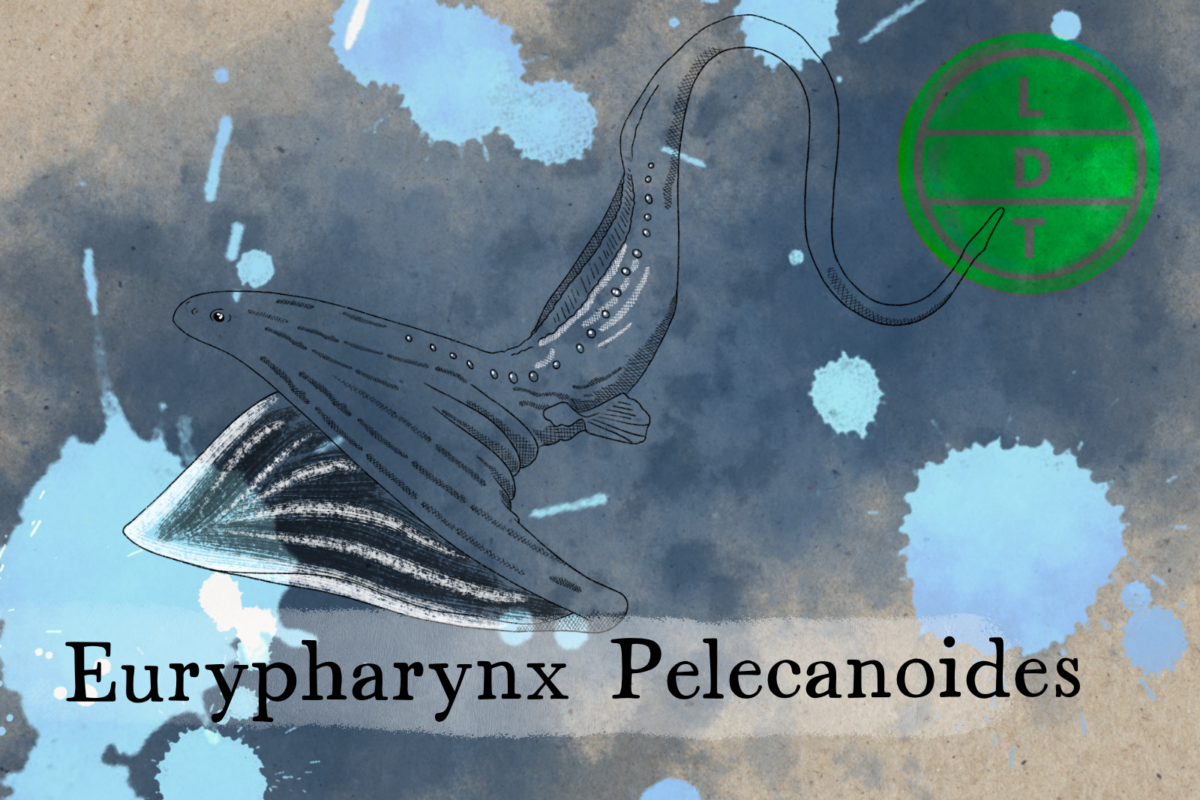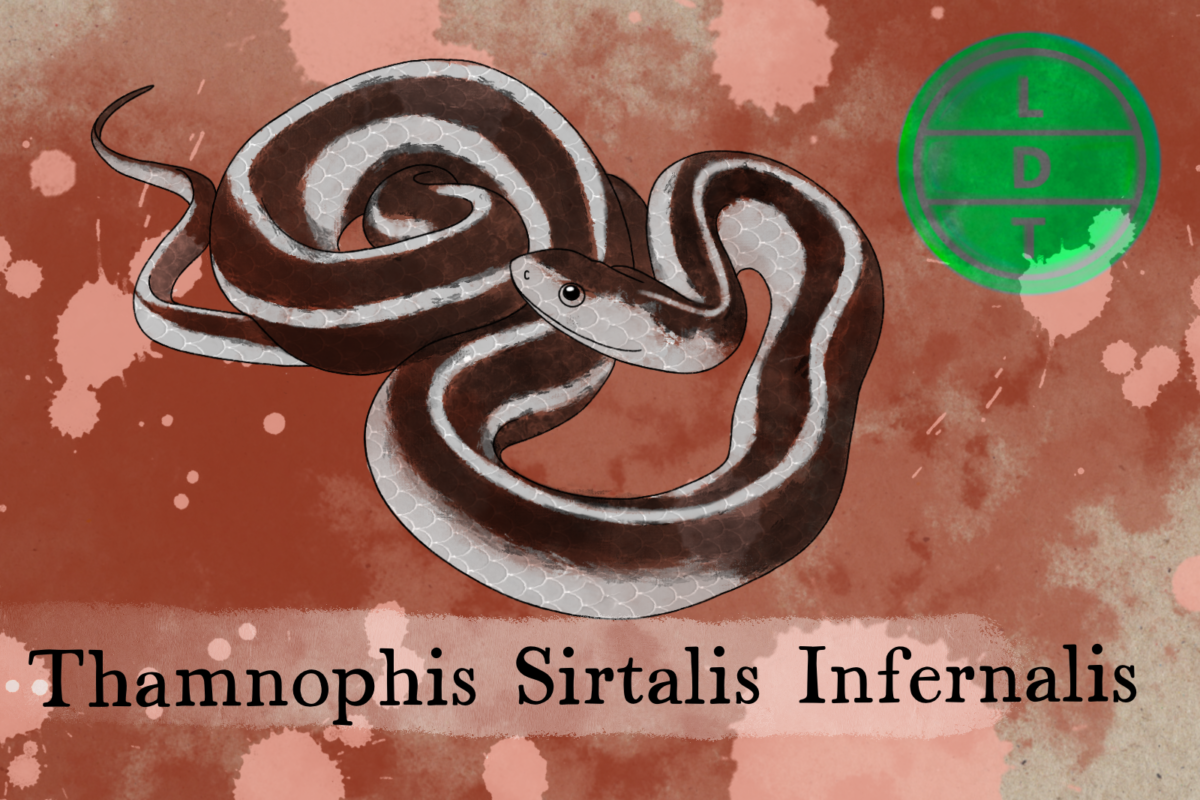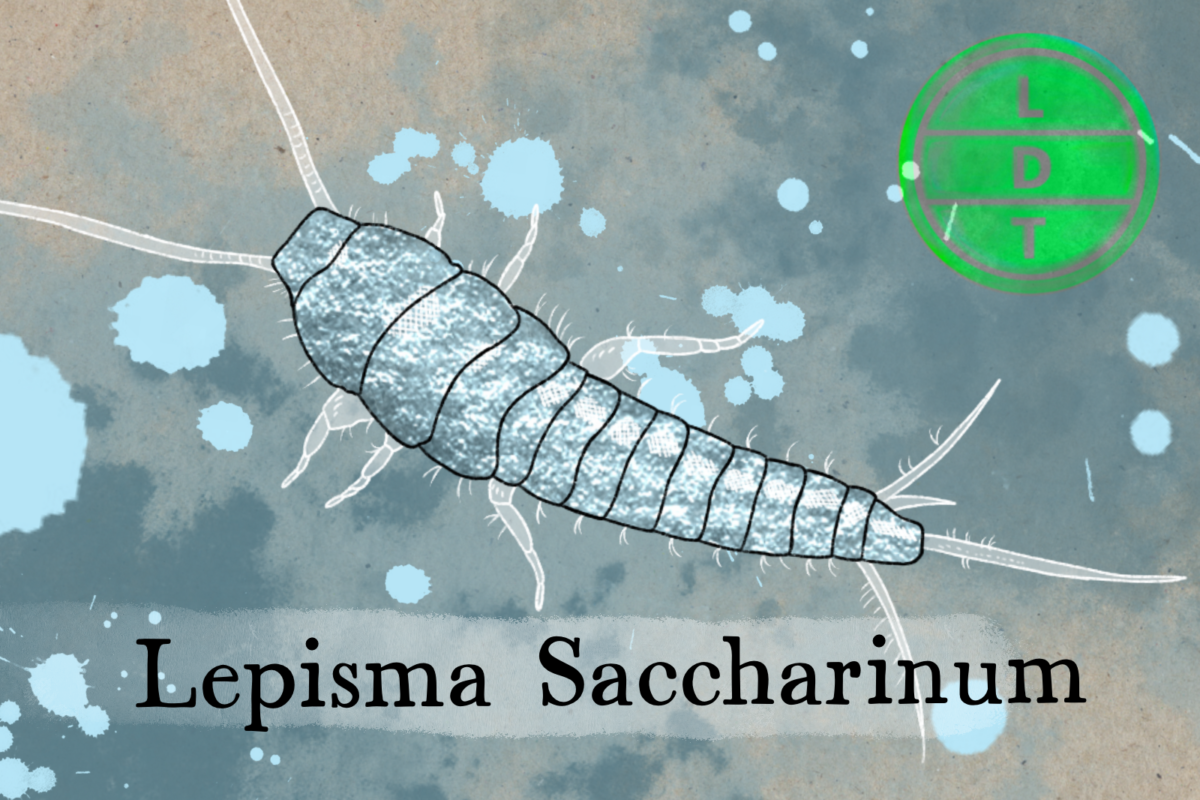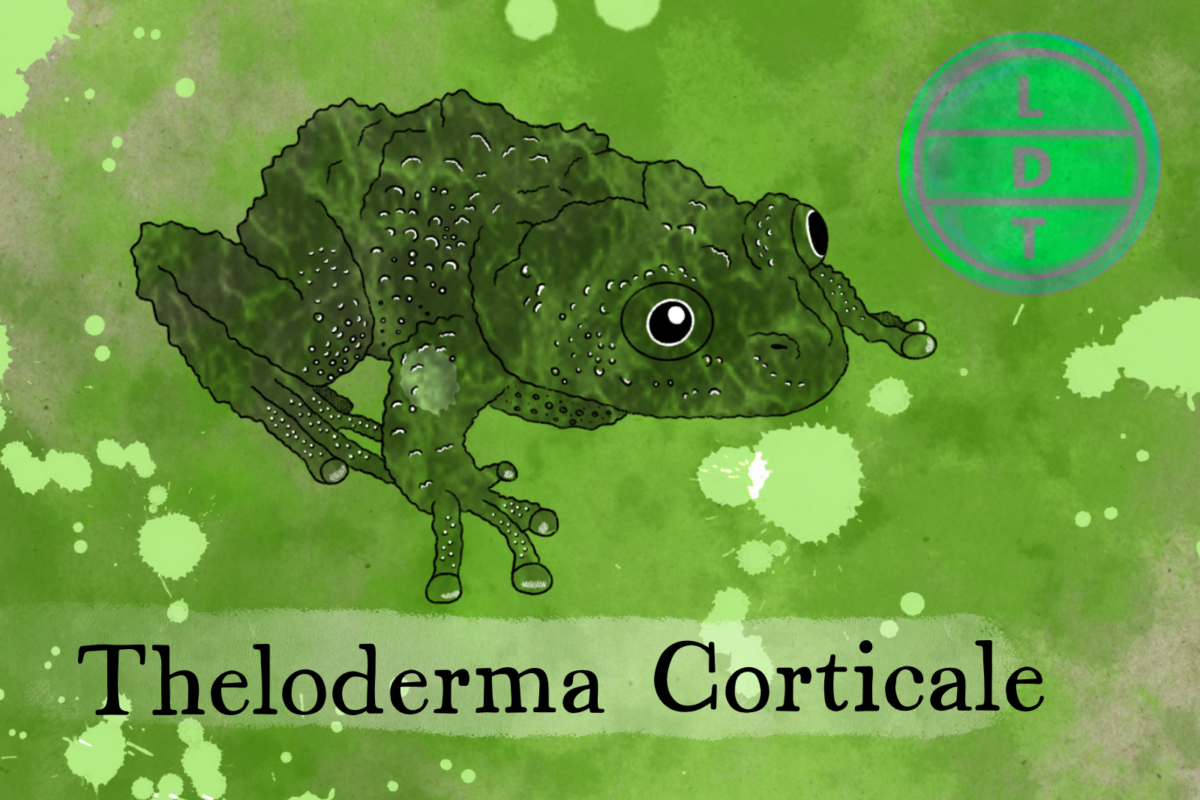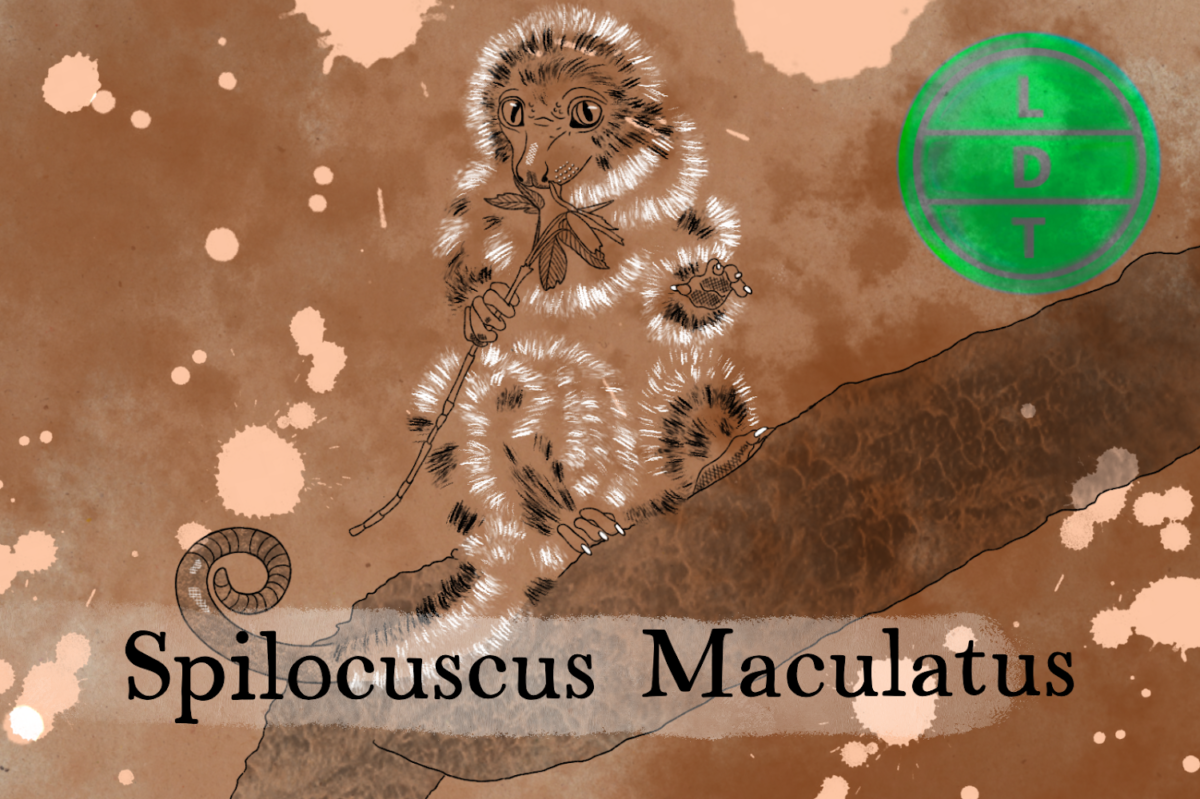“…And today we’re talking about an American noodle of many varieties. But more on that later.”
The Manitoban city of Narcisse is a small, quaint place with not much tourism for most of the year. However, for a few days of every spring, the ground erupts in a slithering mass of red-sided garter snakes. Why do these living noodles get together in such massive numbers? What are they doing for so long underground? Well, not surprisingly, it’s all about surviving long enough to pass along those genes. It is, after all, the true meaning of Life, Death, and Taxonomy.
Description of the Garter Snake
- Common garter snakes are long thin noodles.
- Most have multicolored stripes that run the length of their bodies from head to tail.
- Common garter snakes come in several colors, including green, blue, yellow, gold, red, orange, brown, and black.
Measure Up
Welcome to the beloved Measure Up segment. The official listener’s favorite part of the show! The part of the show when we present the animal’s size and dimension in relatable terms through a quiz that’s fun for the whole family. It’s also the part of the show that’s introduced by you when you send in audio of yourself saying, singing, or chittering the words Measure Up into ldtaxonomy at Gmail dot com. We don’t have a new Measure Up intro!
Length
- Up to four feet long
- How many garter snakes go into the height of the tallest tier in the Hanging Gardens of Babylon?
- Hint: The Hanging Gardens of Babylon are among the seven wonders of the ancient world. The gardens were built on a stepped pyramid shaped building, covered in plants and vegetation. The gardens were said to be a gift from King Nebuchadnezzar II to his wife Queen Amytis of Media. Media was a green, mountainous country and she was sick of the flat plains of Babylon. So he built her a mountain.
- 18.75 snakes. The uppermost gallery was described as 50 cubits high (75 feet).
Weight
- 5 ounces
- How many garter snakes go into the weight of the Big Bud 16V-747 when it is fully ballasted?
- Hint: The Big Bud 16V-747 is the biggest tractor ever. The top of the cab is 14 feet high. Ballast is usually a liquid or foamy material that’s used to fill the tire to add weight, which increases traction and cuts down on horsepower imbalance.
- 432,000 snakes. Big Bud weighs 135,000 pounds.
Fast Facts about the Garter Snake
Habitat
Garter snakes are found in forests, fields, prairies, streams, wetlands, meadows, marshes, and ponds–often found near water.
Range
Geographically, they are found as far south as the southernmost tip of Florida and as far north as Canada’s Northwest territories.
Diet
They eat frogs, newts, earthworms, leeches, slugs, fish, lizards, crustaceans, and insects.
Other Facts
Garter snake bites aren’t dangerous to humans, but their bite can cause itching and irritation. They don’t have fangs like a viper, but many garter snake species have very small teeth.
Their saliva has a mild venom that can be toxic to small prey species.
Some subspecies ooze a stinky liquid when they are threatened.
They are resistant to poisons that might kill a human, including the toxic poisons found on toads and newts.
Major Fact: Tying the Knot (10,000 Snakes in their Dens)
With Thanksgiving coming up, many of us are prepping for large family gatherings – you ain’t got nothin on this snake though, even though its biggest gatherings happen in Canada where they’re apparently not thankful for anything.
Each year, the red-sided garter snake migrates to the Inner Lake of Manitoba, near Winnipeg, creating the largest gathering of snakes in the world.
In an area known as the Narcisse Snake Dens, some 70,000 snakes come to nest in the clefts of the rocks. That scene in Raiders of the Lost Ark where Indy is dropped in that pit of snakes? Yeah that’s more than fiction in Manitoba.
As long as you’re not squeamish around snakes, I highly recommend the Nat Geo video covering it. Seeing that many snakes all together in one pit is fascinating.
The reason they congregate like this is that they’re cold-blooded reptiles living in Canada. Temperatures can reach down to -50F, colder than the surface of Mars. This is definitely cold enough to kill any animal that needs to manually regulate its body temperature.
That’s why you almost never see snakes outside of the tropics or subtropics. So they brumate, the reptile version of hibernating just without the sleeping part. For reptiles, it’s as much about maintaining body temperature as it is about slowing metabolism to conserve energy.
These snakes brumate inside of sinkholes made in the limestone that allows them to hang out below the frost line.
Since there are only a few sinkholes that are large and deep enough to act as dens, all the snakes in the area need to congregate at just four locations, each den being about the size of a living room but housing tens of thousands of snakes.
All of them wriggling around apparently sounds like wind rushing through trees loudly. It would be like a giant looking down at a small college football stadium filled to capacity.
They also mate in the spring once they come back up out of their dens. Females are larger and less numerous than males (1:100), so the males need to navigate an ocean of writhing angel hair pasta to find one pasta strand that’s slightly larger than the rest.
Using pheromones, they’ll track down a female. Sometimes so many males pile onto one female that they can tumble down slopes in a big mating ball.
The goal for the males is literally to irritate her until she opens up a gland to spray a repellant odor that also leaves her open to mate.
This area was actually the site of one of Manitoba’s first labor strikes. The workers at a construction site refused to continue working until these massive snake dens were cleared.
There’s even a giant statue of two garter snakes named Sara and Sam.
The u-haul I saw this on called it one of the largest gatherings of vertebrates in the world, but Adelie penguins have colonies of up to half a million.
Ending: So stay warm, don’t neglect to gather together, and irritate your females like the red-sided garter snake here in LDT.

